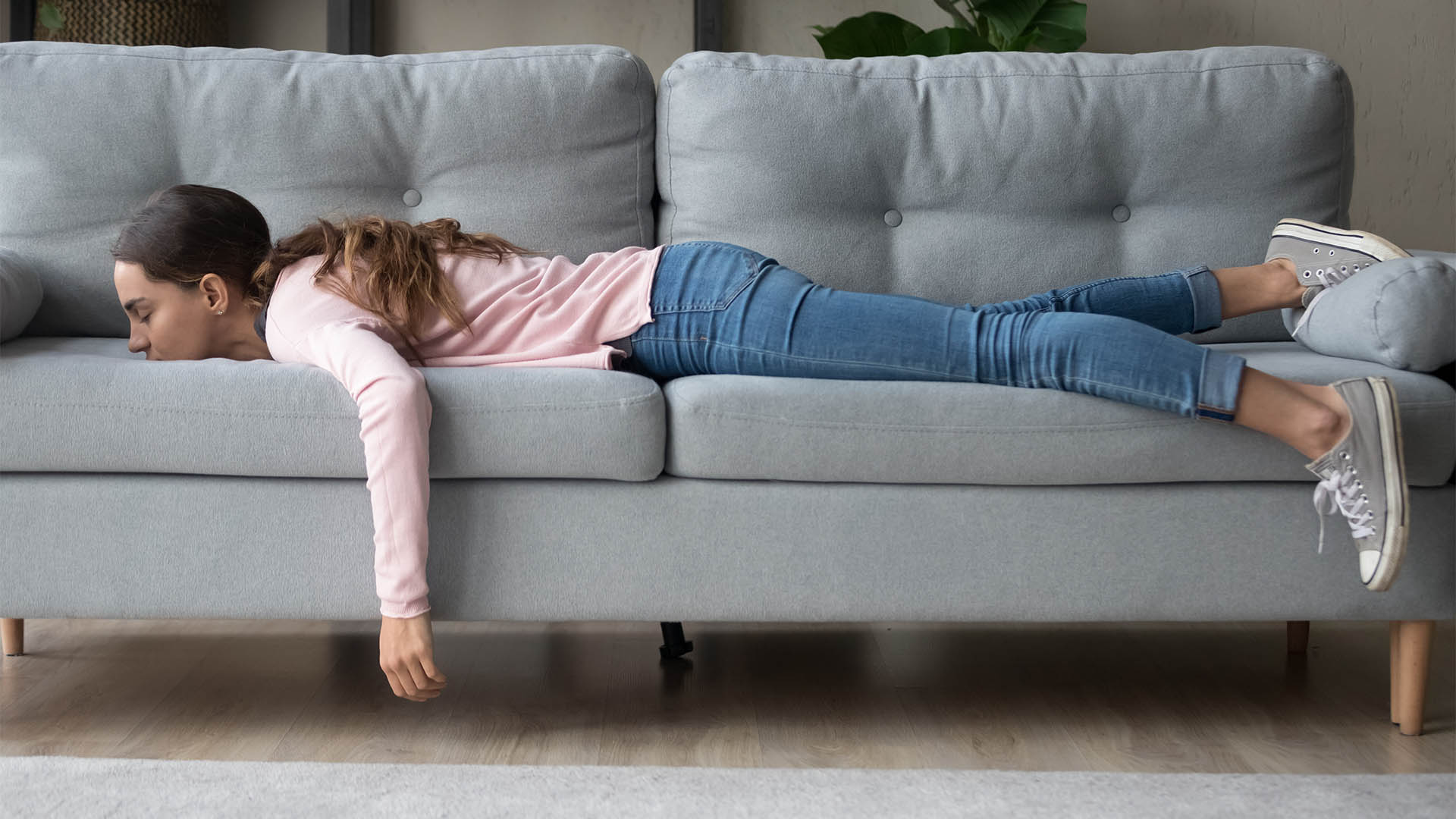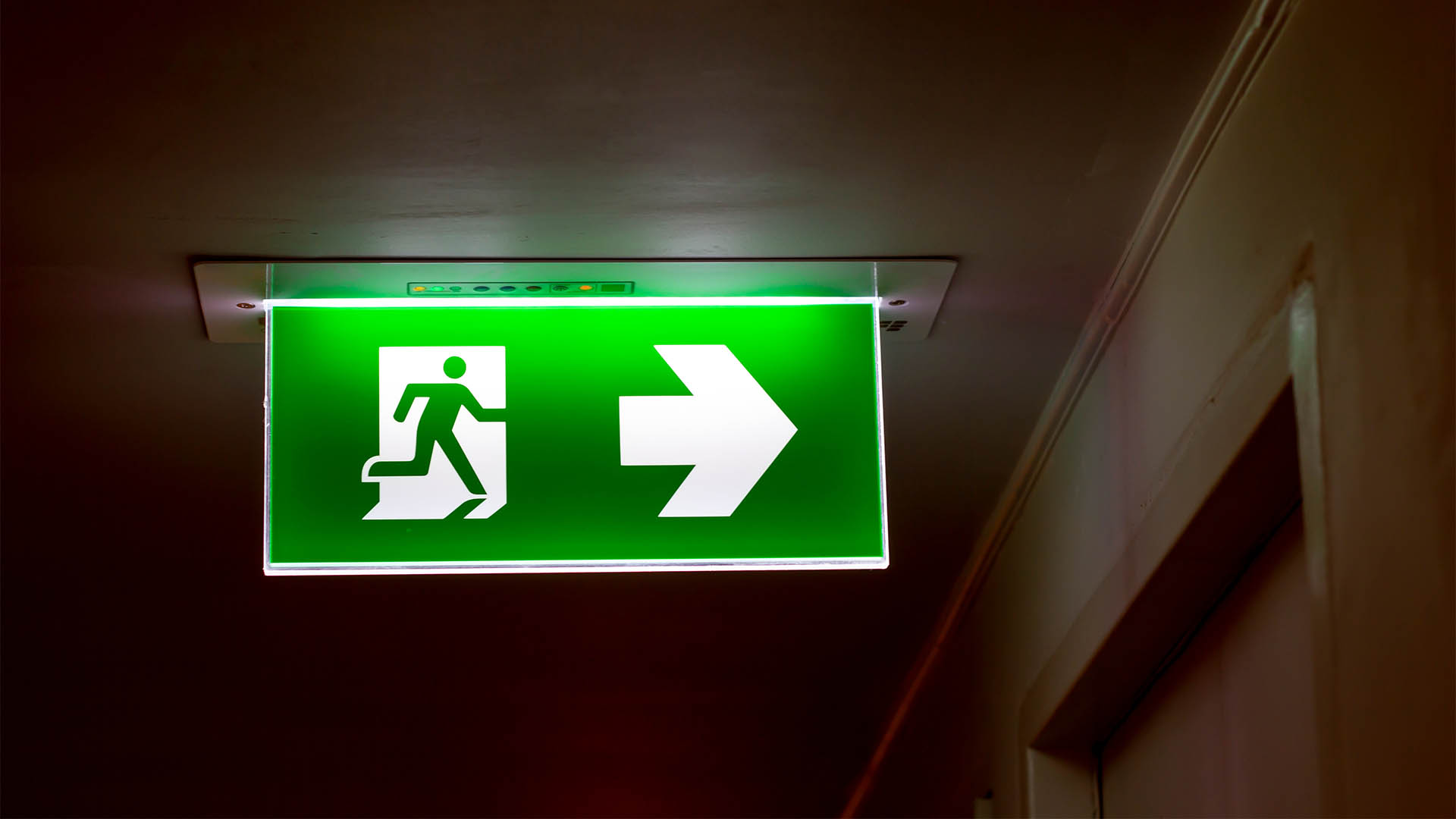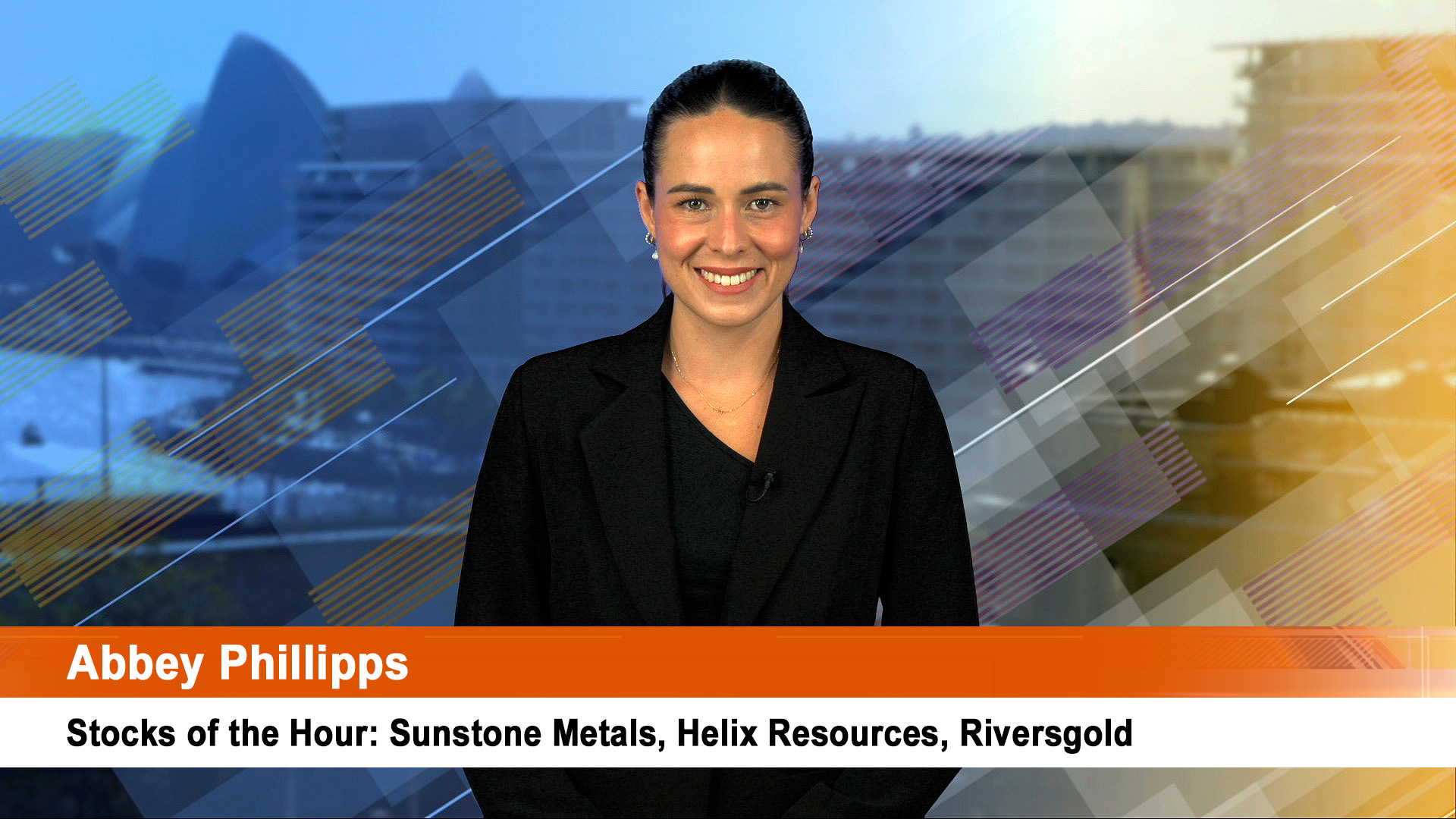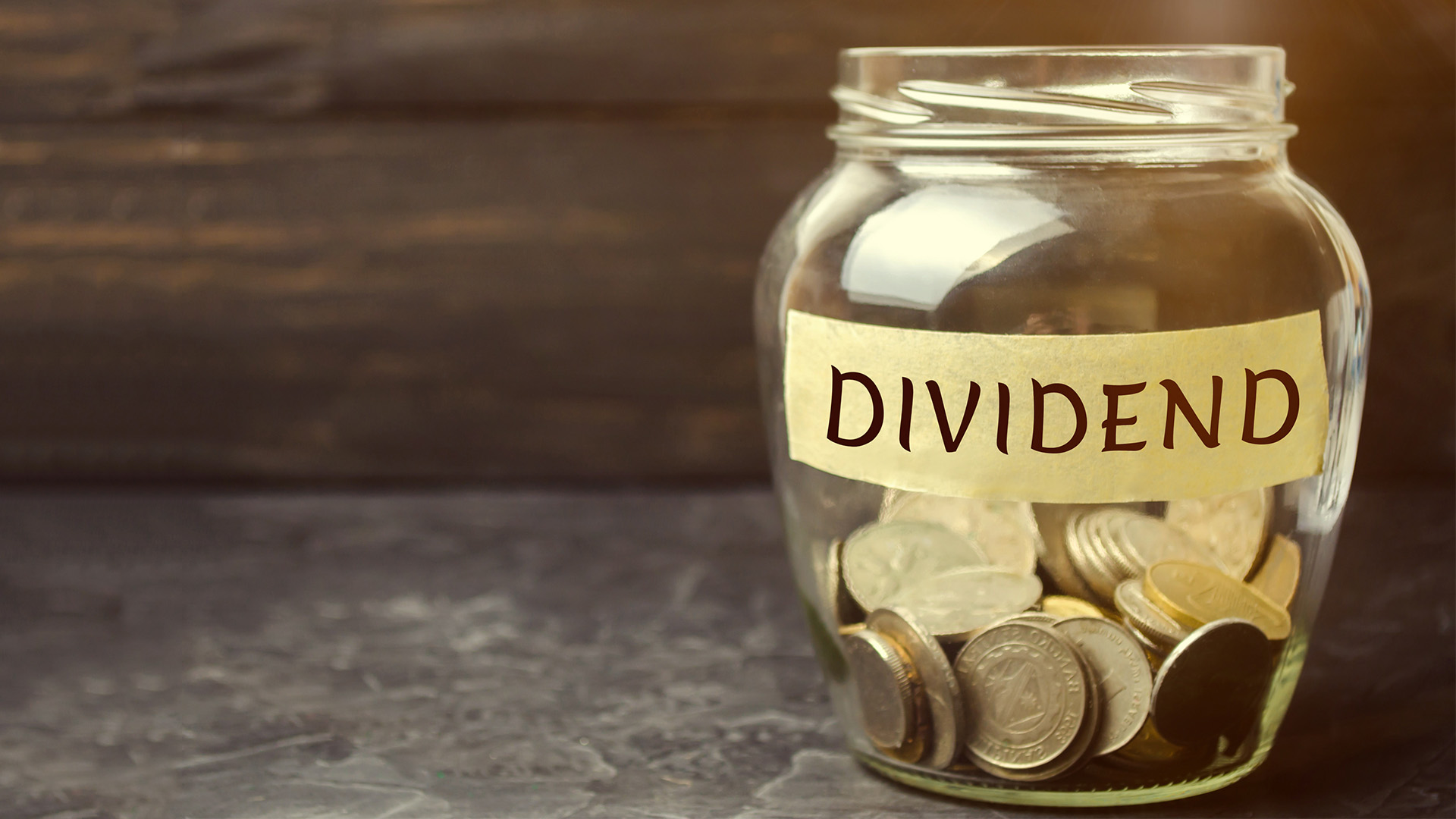So the Australian banks now have to prove to their doubters that there is competition for financial services, especially home loans.
And when those doubters include the new Federal Labor Government, the reaction from the banks to the RBA rate rise, will be of considerable interest.
Home lending, their most profitable and low capital business, isn't doing well: housing approvals tanked in December.
The banks lifted mortgage rates by 0.12% to 0.20% in early January in response to higher funding costs caused by the subprime crisis and credit crunch (in which they had a tiny part, but it was a role nevertheless).
Now, do they follow the RBA increase and lift variable rates by 0.25%, or do they cut back any rise to try and steal a march over their competitors.
Non-bank lenders aren't very active, so the intensity of competition has eased.
And the RBA's new rate rise will give a boost to the demand for existing housing, while lifting rents and cutting demand for new homes.
It won't be good news for building products companies such as Boral and Brickworks, or home builders and developers like Australand, Mirvac and AV Jennings who have all been shifting away from pure home building into other areas of development and funds management..
Building approvals in December fell sharply, much more sharply than even the most pessimistic economist had forecast.
And the fall occurred in both private dwellings and non private dwellings.
It was another of what has become a feature of this series in the past year or so: big swings every month or so, driven mainly by a sharp rise or fall in approvals for what's called "non-private dwelling units", units, apartments and houses from the public sector.
Total approvals fell a massive 16% to 12,263 units in December, seasonally adjusted, from a downwardly revised 14,601 units in November, according to figures from the Australian Bureau of Statistics.
Driving the fall was weakness in private sector housing where the number of approvals fell to 8,429 in December, from 9,426, seasonally adjusted in November.
November approvals were up 8.2%, powered mainly by a strong rise in non-private dwelling approvals, and by a small growth in private houses. That was reversed in the latest figures.
The ABS said "The seasonally adjusted estimate for private sector houses approved fell 11.6% in December and is now showing a fall of 1.0% for November."
The first announcement from the ABS for November said all approvals rose 8.9% and private housing, 0.3%. Non private dwelling approvals jumped 28.4% in the month, driving the overall figure higher.
But December saw a sharp fall in non-private dwelling approvals according to the ABS: "The seasonally adjusted estimate for private sector other dwellings approved fell 24.5% in December." and that was on top of the very sharp 11% fall in private sector dwelling approvals.
Overall, approvals for the year to December fall 0.9%, seasonally adjusted.
Economists said it was the rate rises of August and December starting to bite, but that in turn has stimulated demand for existing houses.
With home loans growing at a 9 year low in the year to December of 11.6% (according to the Reserve Bank's own figures on credit aggregates), but the price of existing houses continues to rise sharply: up 12.3% in the year to December.
The fall came as approvals for private housing in the six months to November had shown some signs of recovery, even after the rise in rates caused by the credit crunch.
The Australian Bureau of Statistics (ABS) said the number of home-building approvals slipped by 16.0% in December, although that followed an 8.2% rise in November, meaning the average for November and December was about in line with October.
Consistent with this view, the trend measure published by the ABS fell by only 0.6%.
On the non-residential side the figures are even more volatile, with falls of 11% in November and 24% in December unwinding a huge 36% rise in October.
The figures show the value of approvals (residential plus non-residential) rose by 11% in the December quarter, the biggest quarterly rise for five years. But there was that sharp fall in December.
Building costs are rising with higher prices for bricks, especially concrete and steel, wood, tiles, paint and glass. These prices have lifted the cost of building a house and renovations
"The seasonally adjusted estimate for the value of total building approved fell 14.1% in December. The seasonally adjusted estimate for the value of new residential building approved fell 6.4% in December. The seasonally adjusted estimate for the value of alterations and additions fell 9.6% and the value of non-residential building fell 23.6%.













